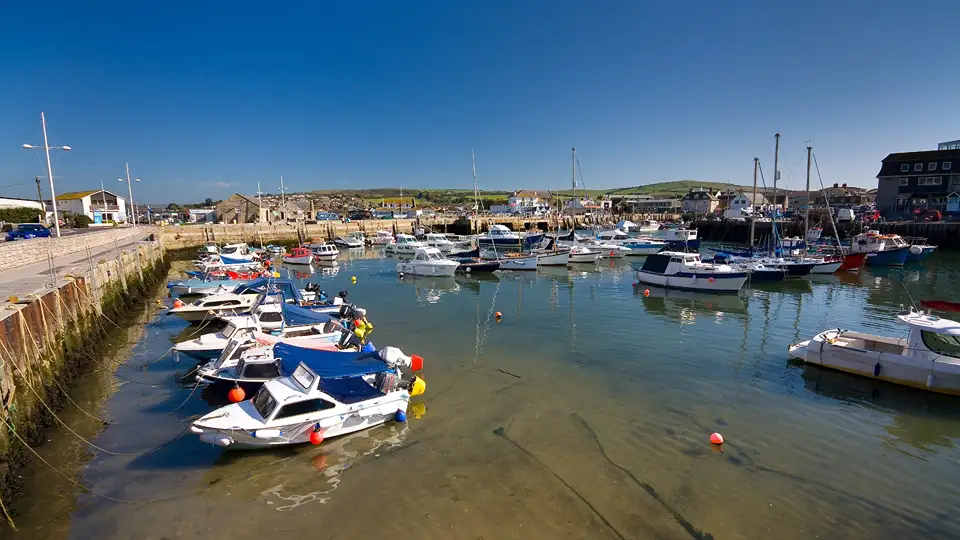Introduction
Bridport Harbor – West Bay has recently begun Water Injection Dredging trials using the dredging vessel Doonhamer. This initiative marks a significant step toward sustainable harbor management, aiming to maintain safe navigation channels while minimizing environmental impact. The trials will continue for approximately ten days in both the inner and outer harbors before extending to Lyme Regis.
What is Water Injection Dredging (WID)?
Water Injection Dredging is an innovative sediment management method that uses low-pressure water jets to loosen and mobilize seabed material. Instead of mechanically removing sediment, WID allows natural currents to redistribute it within the environment. Compared to traditional dredging, this approach is faster, less intrusive, and more environmentally friendly, making it ideal for sensitive coastal zones such as Bridport Harbor.
The Bridport Harbor WID Trials
The ongoing Bridport Harbor dredging trials aim to test how efficiently WID can maintain navigable depths without disturbing marine habitats. The Doonhamer is deployed in both harbor zones to assess the effectiveness of low-pressure jets under varying sediment conditions. The success of this trial could influence future maintenance practices across other small ports in the region.
Environmental and Operational Benefits
One of the main advantages of Water Injection Dredging is its reduced environmental footprint. Unlike mechanical dredging, which physically removes sediment, WID minimizes turbidity and eliminates the need for extensive disposal operations. It’s also cost-effective, requiring less fuel and equipment, while still achieving the goal of maintaining safe navigation. These combined benefits make it a practical solution for harbors prioritizing sustainability.
Role of the Dredging Vessel Doonhamer
The Doonhamer plays a central role in this project, equipped to carry out Water Injection Dredging efficiently within confined harbor spaces. Its adaptable jet system helps achieve optimal sediment movement while maintaining operational safety. Early observations suggest promising results in both sediment dispersion and depth recovery, reinforcing WID’s potential for long-term harbor management.
Lessons and Future Applications
From this Bridport Harbor dredging trial, several lessons are emerging. WID demonstrates how innovative techniques can balance operational needs with environmental care. Its success may encourage other UK coastal authorities to consider adopting similar systems. The approach aligns well with modern sustainability goals, providing a cleaner, smarter, and more adaptable dredging strategy.
Conclusion
The Water Injection Dredging trial at Bridport Harbor showcases how technology and environmental awareness can work hand in hand. With the Doonhamer leading this initiative, the harbor is setting a new example in eco-friendly sediment management. As results continue to develop, this project could mark a turning point in the future of sustainable dredging practices across the UK.
